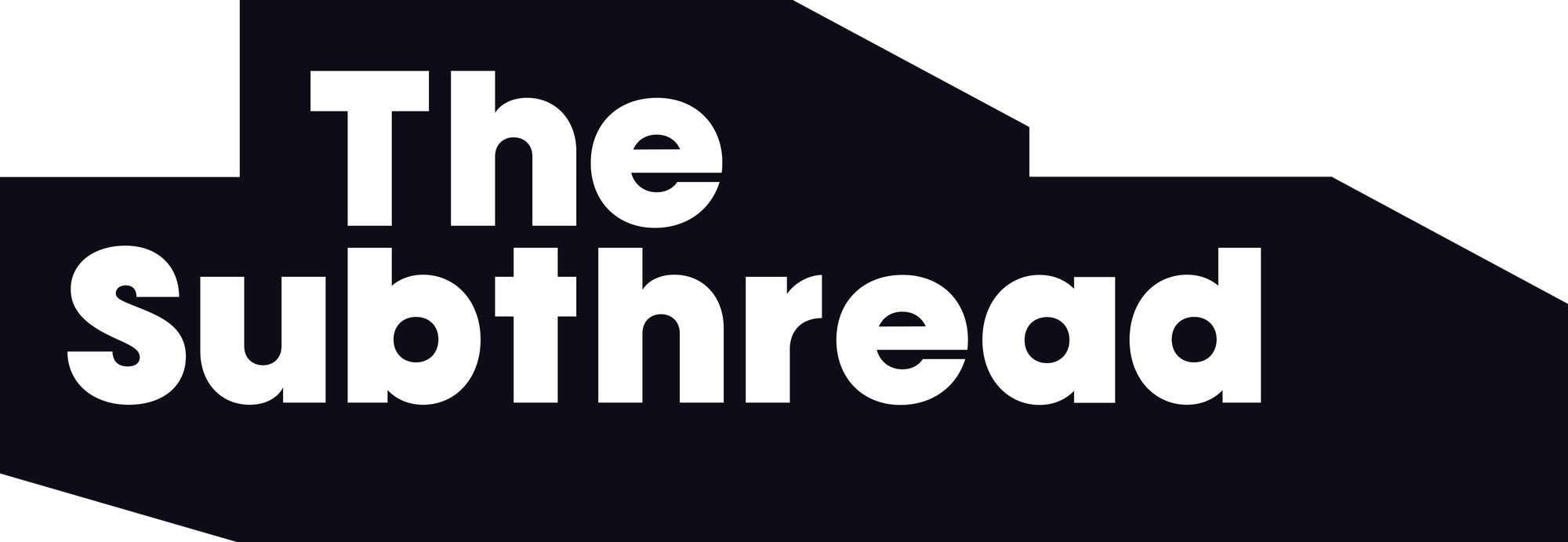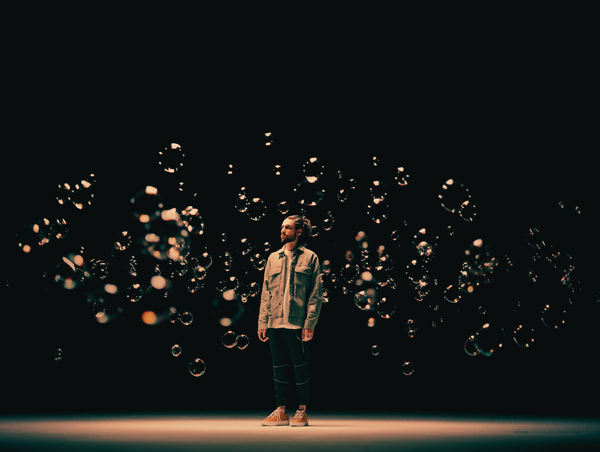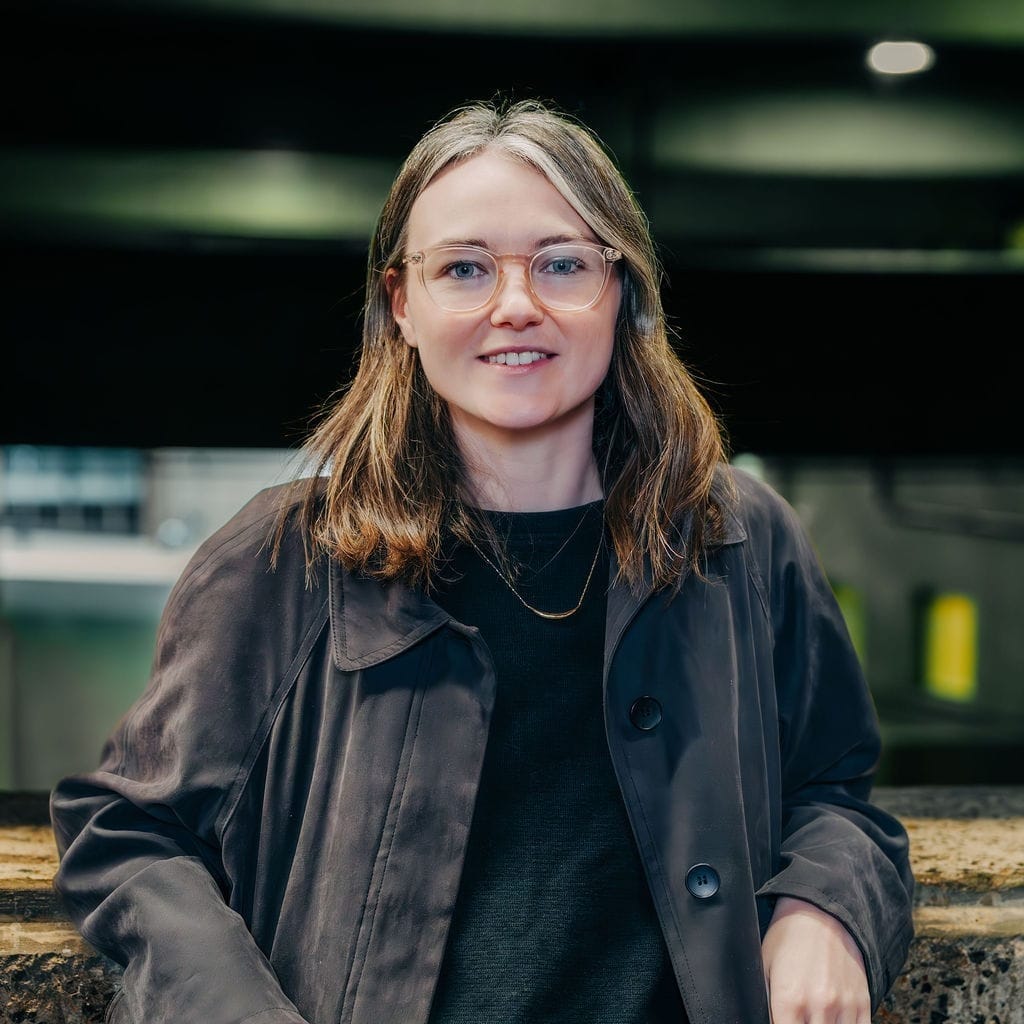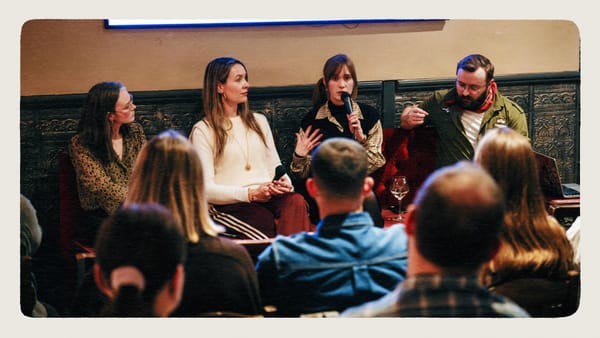Skyscanner has been quietly redesigning its brand from the inside out. This rebrand wasn’t just about new visuals or a refreshed tone of voice, it was about how transforming creativity operates inside a tech organization, using automation, templates, and emerging AI tools to unlock speed, consistency, and scale.
When Ross Mawdsley joined Skyscanner as global head of visual design, the travel giant didn’t have much of a brand to speak of. “It was a very different organization. It had just done a rebrand,” he recalls, “but it was really complex and the team was set up more to do banner ads, emails and very basic stuff.”
The creative team’s remit has evolved dramatically since those early days. What was once a reactive in-house creative team, producing logos for engineers and banner ads, is now a department of 12 designers, four writers and three motion designers tasked with building and maintaining the Skyscanner brand.
While Skyscanner reports over 1bn searches every month, over 110m monthly users and posted a record £95.2m in pre-tax profit last year, competitors popping up everywhere. The site is arguably competing with the likes of ChatGPT for travel planning.
The answer, Ross says, is to build feeling around the brand.
“We wanted to build a brand and a feeling around the brand, so we had to change that team slightly – bring some new people in, but also inspire the people we had and make them feel part of this journey we’re on,” Ross tells me shortly after coming off the stage at Paradigms, where he and Skyscanner’s head of design ops, Carla Sandhu, were giving a keynote presentation.












